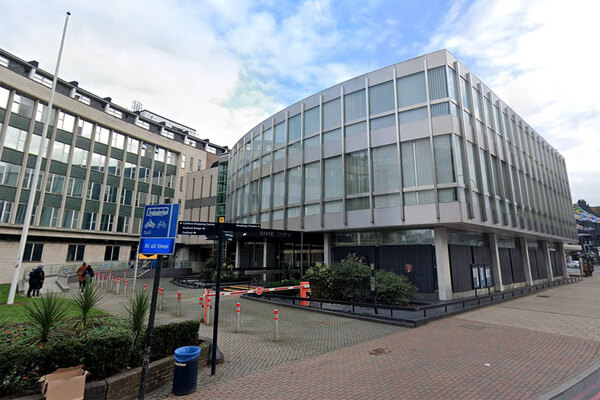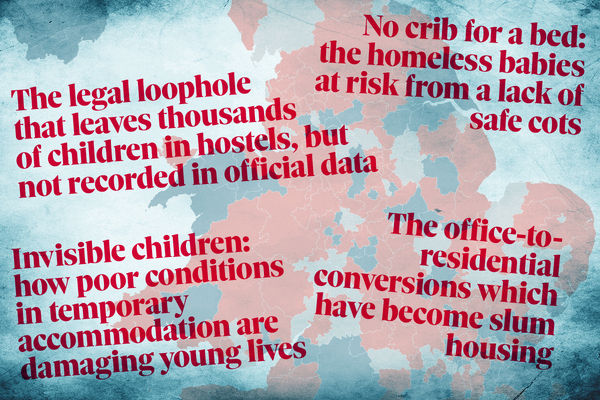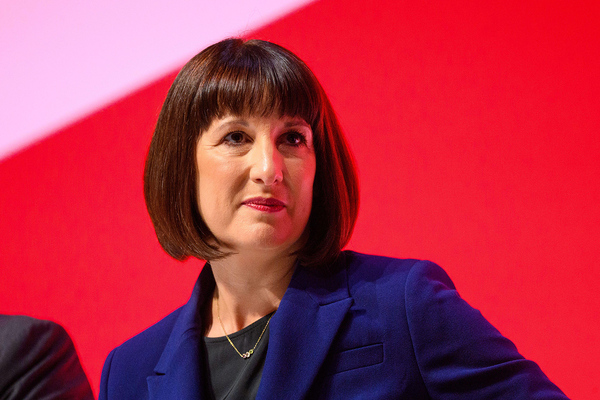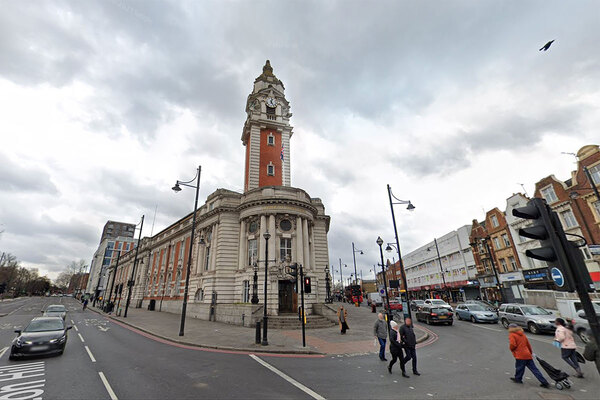You are viewing 1 of your 1 free articles
Council loses nearly 20% of private homes it uses for temporary accommodation
Lewisham Council saw a nearly 20% drop in the number of private sector homes it was using for temporary accommodation in a year.
Between November 2023 and November 2024, the council went from using 854 properties owned by private landlords – 568 procured from private landlords on leases and 286 private sector leased homes managed by the council – to a current total of 698.
The majority of the decrease is down to landlords asking for the properties back from the council.
According to a council report going before Lewisham’s housing select committee next week, both the economic downturn in the past few years and a changing housing market are resulting in an “increasing percentage of private landlords choosing to increase their rent in line with market prices or choosing to no longer rent out their properties resulting in them disposing of the properties altogether”.
As a result, like many others, the council has “become increasingly reliant on the use of nightly paid temporary accommodation”, the most expensive form.
“The use of nightly paid accommodation has risen from 745 at the start of April 2021 to 1,481 as at November 2024,” it said.
Meanwhile, the number of homeless households approaching the council for help “remains high”. In 2023-24, there were 3,888 homeless applications, up from 3,698 the previous year.
The report also cited the benefit cap as another factor impacting move-on from temporary accommodation.
In April 2024, the government raised Local Housing Allowance (LHA) rates to cover the lowest 30% of local market rents following a freeze from 2020. However, Savills research found that between July and September 2024, only 5% of London listings were affordable at those rates.
Added to this, LHA rates will be frozen again next year.
Will Cooper, cabinet member for better homes, neighbourhoods and homelessness at Lewisham Council, said the private rented homes figures reflect “just one of many aspects of the housing crisis in London”.
“As housing costs spiral out of control, more people come to us for support, but our ability to help them is also under increasing financial pressure,” he said.
Mr Cooper added that the local authority is “forced” to compete on the open market “because, for decades now, councils have been losing social homes through Right to Buy and been unable to build enough homes to meet the increasing demand”.
“Reforms to Right to Buy and renters’ rights are welcome and important steps in the right direction, and we will work with the new government to ensure that building and maintaining council homes is at the heart of the coming agenda,” he said.
The government recently announced £1bn of funding for tackling homelessness.
However, a condition on the funding means 49% of the councils’ allocation must be spent on prevention, relief and staff, and cannot be spent on temporary accommodation.
Figures show that London councils spent £114m per month, or about £4m per day, on temporary accommodation in 2023-2024. This is a 68% increase from the previous year.
Sign up for our Council Focus newsletter
Already have an account? Click here to manage your newsletters












